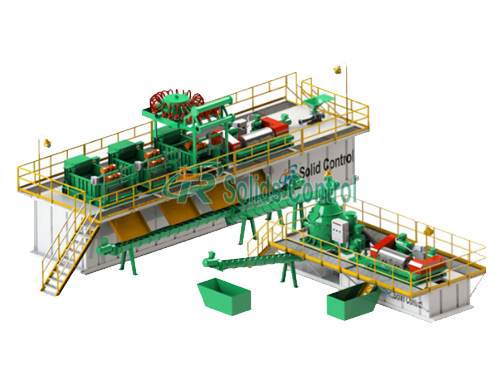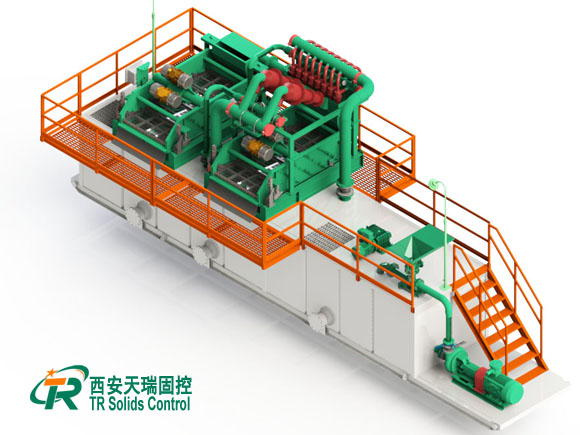Shale Shaker Performance Comparison: Understanding the Key Differences
Conducting a shale shaker performance comparison is essential for operators who want to improve drilling fluid treatment efficiency. By analyzing parameters such as G-force, screen area, deck design, vibration modes, and processing capacity, you can better understand how different shale shaker models behave in real-world drilling environments.
1. Vibration G-Force
G-force affects how effectively solids are conveyed across the screen.
- Higher G-force → stronger conveying power and better drying of cuttings
- Lower G-force → reduced motion, suitable for fragile screens or gentle operations
Shakers using adjustable G-force allow more flexible operation across various drilling conditions.
2. Screen Area & Layout
Screen area is a critical element in a shale shaker performance comparison.
- A larger screen area supports higher flow rate
- Optimized screen layout (single-layer or multi-layer) enhances separation quality
Some modern units use composite screens to increase usable area and extend screen life.

3. Deck Angle Adjustability
Deck angle determines fluid pool depth and cuttings movement speed.
- A steeper angle improves solids discharge
- A flatter angle increases fluid retention time
Shakers featuring quick manual or hydraulic angle adjustment provide better control over changing mud properties.
4. Vibration Mode: Linear vs. Balanced Elliptical
Different vibration modes influence separation performance:
- Linear motion → powerful conveying, ideal for heavy solids and high-volume mud
- Balanced elliptical motion → smoother movement, suitable for fine solids removal
Operators often compare these modes when selecting equipment for specific drilling applications.
5. Processing Capacity
Capacity is defined by how much mud the shaker can handle per hour. Key influencing factors:
- Screen API rating
- G-force output
- Flow distribution design
- Motor power
A clear performance comparison helps determine which model meets the required operational throughput.
6. Screen Type Compatibility
Screen performance directly affects the shaker’s efficiency. Common differences include:
- Composite vs. steel frame
- API mesh rating
- Panel support design
Choosing a shaker compatible with widely available screens reduces operating cost and improves flexibility.
7. Energy Consumption
Energy efficiency is becoming a key evaluation point.
- Motors with optimized power usage lower overall cost
- Efficient vibration mechanisms reduce wear and extend equipment life
This factor often separates older shakers from modern designs.
Conclusion
A well-structured shale shaker performance comparison provides clear insights into how different models operate and which parameters matter most for solids control. By evaluating screen area, vibration force, deck angle, capacity, and energy usage, drilling teams can select equipment that aligns with their mud characteristics and operational demands.






Leave a Reply